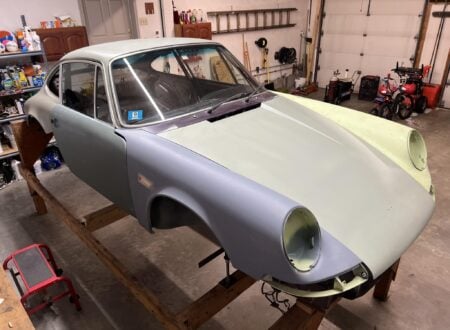The Lamborghini 400 GT 2+2 was a critically important car for the then-new Italian automaker – the 400 GT was the direct successor to the Lamborghini 350 GT, which had been the first production automobile ever made by the marque.
The Lamborghini 400 GT 2+2
Lamborghini released the 400 GT in two major versions, the first was called the 400 GT (sometimes called the 400 GT Interim) and the second and far more common iteration was the 400 GT 2+2. The 400 GT was essentially an updated 350 GT with a larger version of the Lamborghini V12, now displacing 3,929cc with power output of 320 bhp – up from the 280 bhp in its predecessor.
As you have likely guessed from the “2+2” in the model name, the Lamborghini 400 GT 2+2 featured two small back seats which were added whilst still maintaining the same wheelbase as the 350 GT. Lamborghini achieved this by changing the roofline and floorpan, and altering the rear suspension to allow more room.

Despite the visual similarity to the 350 GT the 400 GT 2+2 shared almost no sheetmetal with the outgoing model and featured a slew of improvements including the more powerful engine, a new Lamborghini-built 5-speed transmission and differential designed by Gian Paolo Dallara, and quad headlights up front replacing the oval units used on the previous model.
The original Lamborghini V12 was designed by Giotto Bizzarrini under the direction of Ferruccio Lamborghini in the early 1960s. Lamborghini reportedly offered Bizzarrini a bonus for every horsepower the engine could make over the competing Ferrari V12. By the time the engine design was complete the prototypes were said to be capable of an astonishing 370 bhp from a 3.5 litre capacity, and Bizzarrini insisted that the engine could reliably produce as much as 400 bhp at 11,000 with some additional engineering.
Remarkably this same engine would be consistently upgraded and used in production Lamborghinis for 48 years from 1963 until 2011. By the end of its production run its capacity had grown to 6.5 litres, it had fuel injection, four valves per cylinder, a dry sump, and a slew of other upgrades to keep it competitive.
The version of this V12 used in the Lamborghini 400 GT 2+2 had a displacement of 3,929cc, it was fed by six Weber twin-choke carburetors and produced 320 bhp at 7,000 rpm – a remarkable power figure for the day and more than enough to ruffle some feathers over at Ferrari.
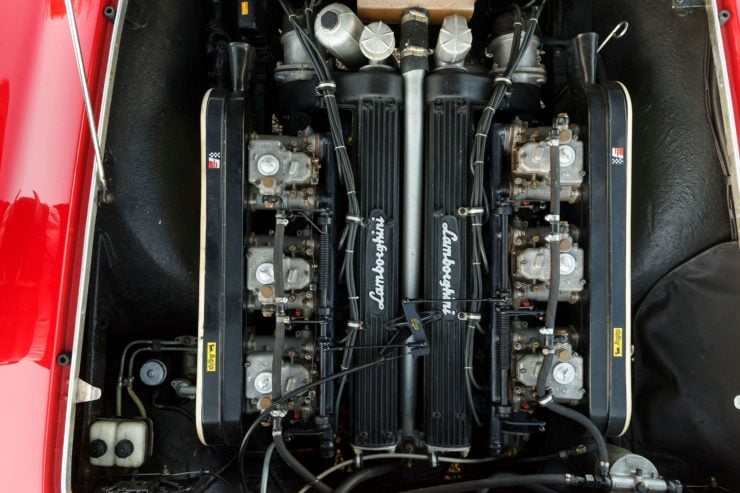
The 400 GT 2+2 was fitted with four-wheel disc brakes and four-wheel independent suspension, this was a time when Ferruccio Lamborghini was focussed on building what he felt were the best GT cars in the world – before the arrival of the Miura and the transition over to building bellicose supercars.
247 examples of the Lamborghini 400 GT 2+2 were built between 1966 and 1968 before it was replaced with the slightly less popular Lamborghini Islero. Today the 400 GT series cars are climbing in value as collectors realise that they represent the pinnacle of development for the first Lamborghini production vehicle.
The 1967 Lamborghini 400 GT 2+2 Shown Here
The one-owner 400 GT 2+2 you see here was ordered new by André Trigano, a noted French collector who still owns the car today. He’s offering it for sale through Artcurial in mid-September with an estimated value of between €400,000 and €600,000. If you’d like to read more about it or register to bid you can click here to visit the listing.
“This is one of the rare cars of this kind that I bought completely new. I had a 350 GT, but when this new model appeared, with rear seats, I changed it immediately. What I really liked doing in this car, was driving it fast on the motorway. There were no speed limits then, and not as much traffic as there is today. For me, it’s the best-looking Lamborghini, and it’s easy to drive. I much preferred it to Ferrari.” – André Trigano
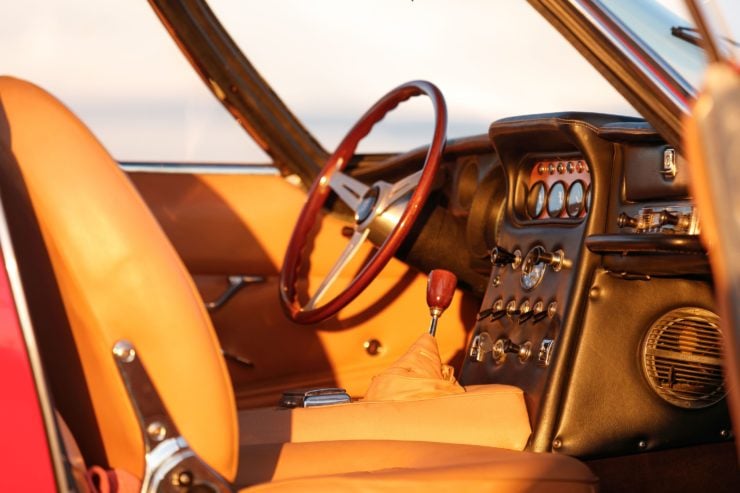



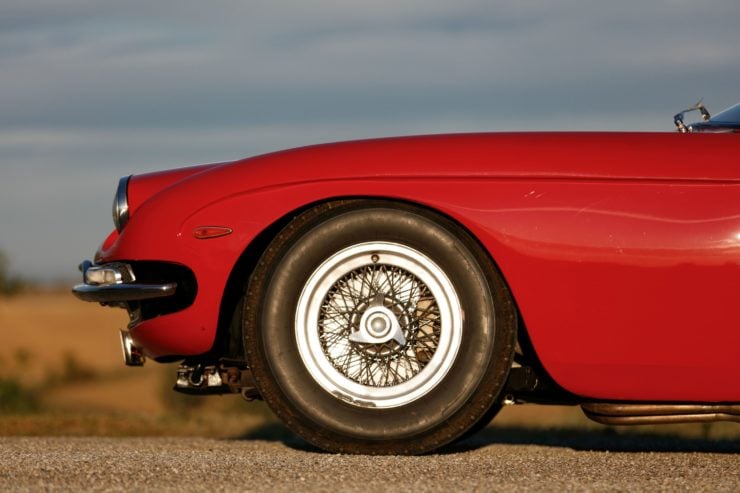









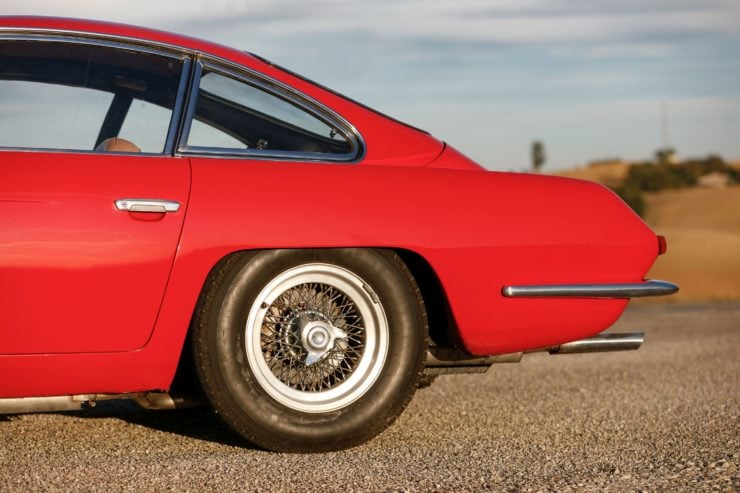
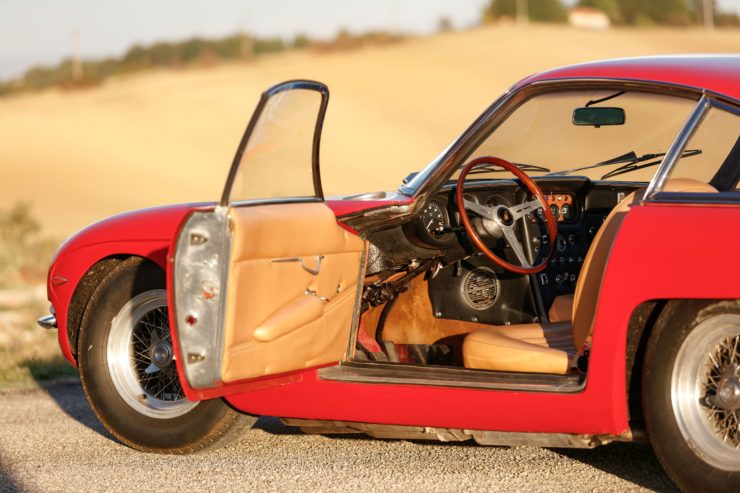
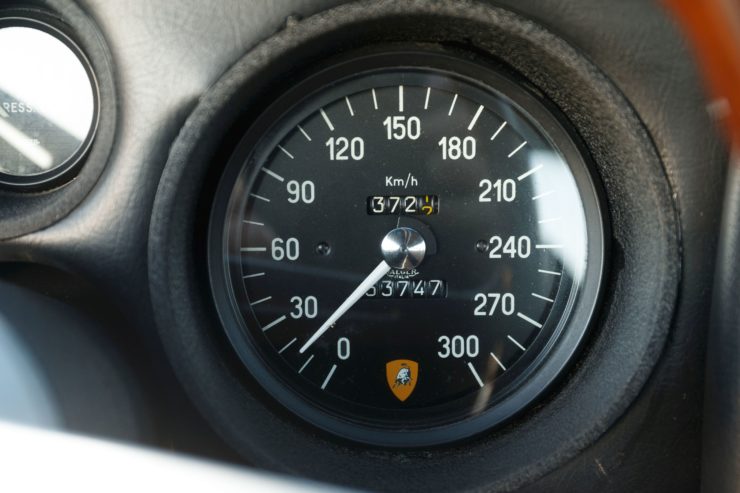
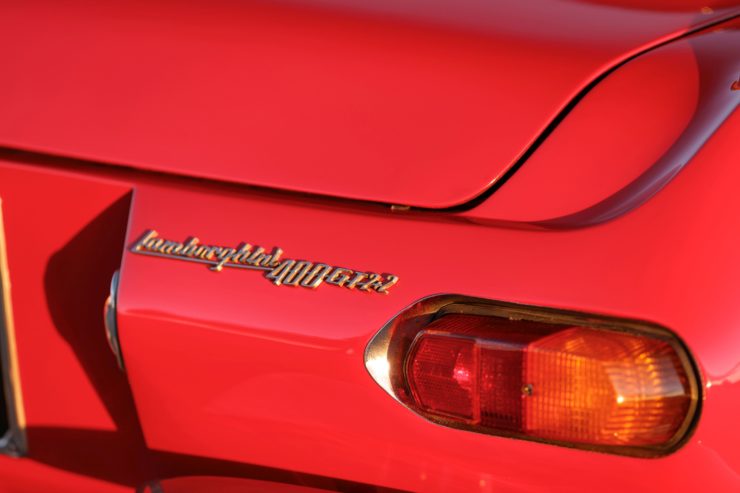
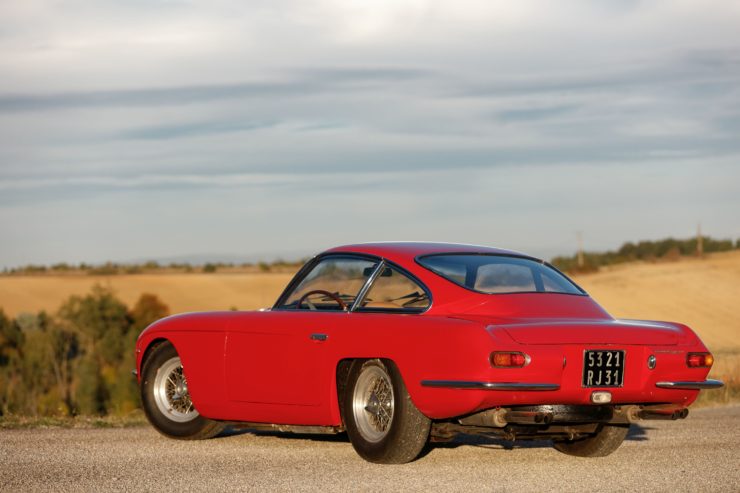


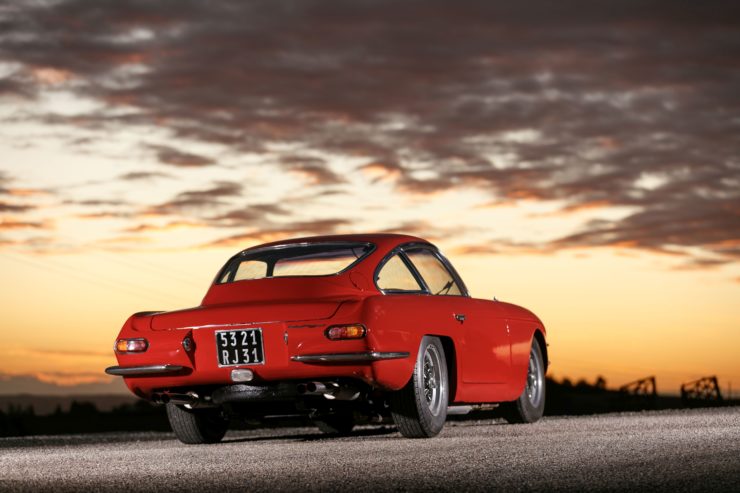
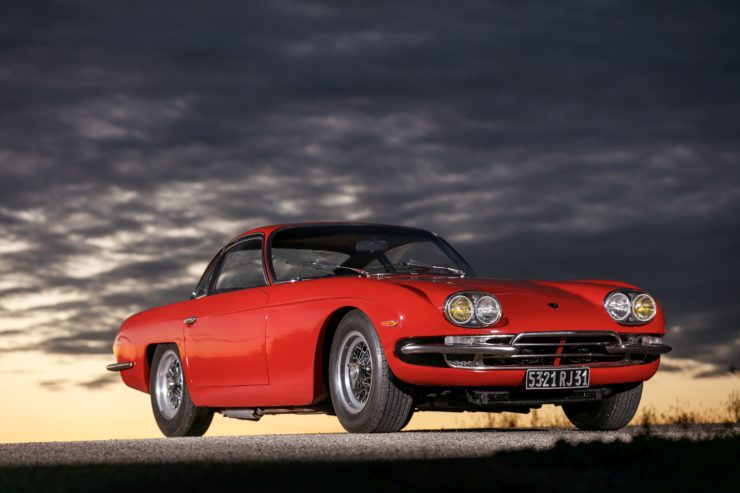

Images courtesy of Artcurial – 2020© Peter Singhof







